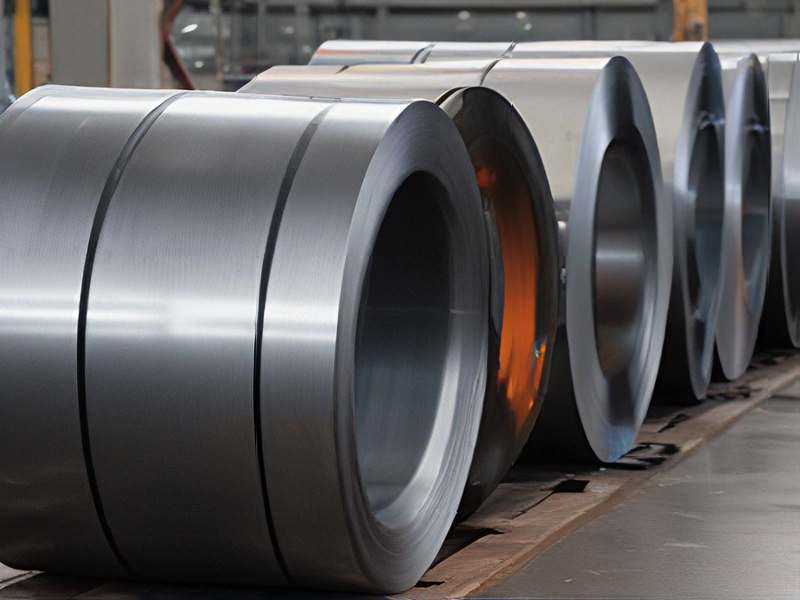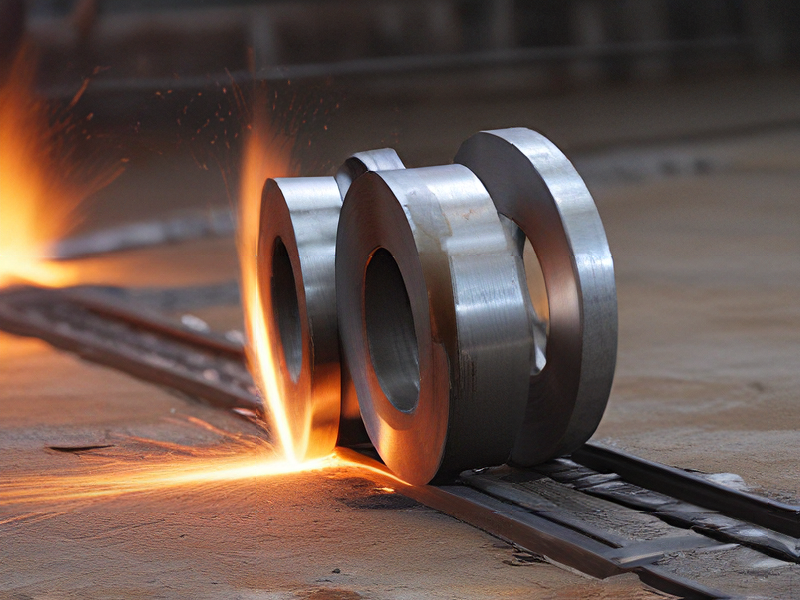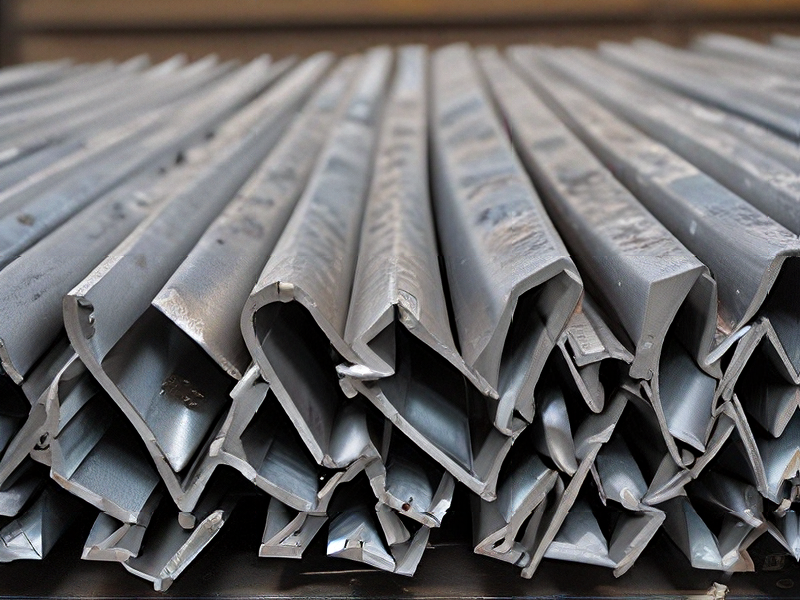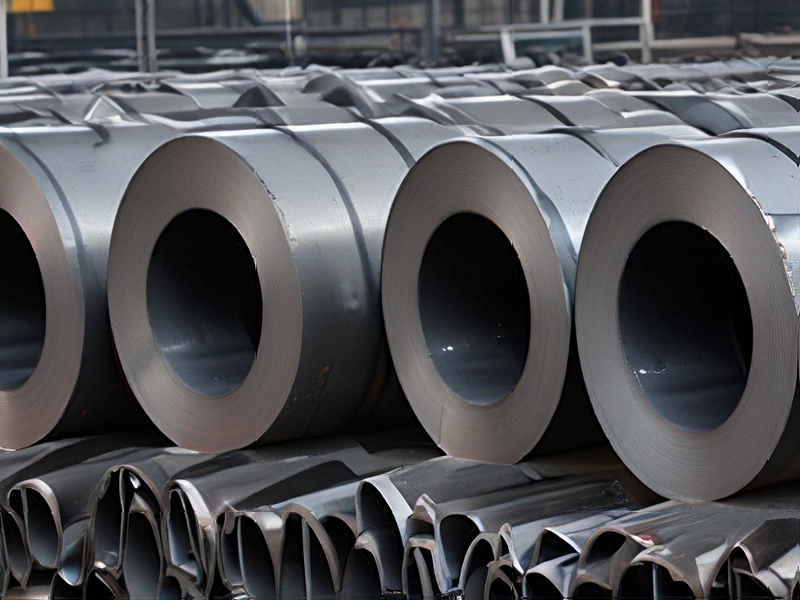Technology and Applications of cold vs hot rolled steel
Cold rolled steel undergoes a process where it is rolled at room temperature, resulting in a smoother surface finish and tighter tolerances compared to hot rolled steel. This makes it ideal for applications requiring precise dimensions and a polished appearance, such as automotive panels, appliances, and furniture.
Hot rolled steel is processed at high temperatures, making it easier to form and work with. It has a rougher surface finish and less precise dimensions but is generally cheaper and suitable for structural applications like construction beams, railroad tracks, and pipelines.
In terms of mechanical properties, cold rolled steel tends to be stronger and harder due to its processing method, making it more suitable for applications requiring high strength and durability. Hot rolled steel, while generally softer, is more ductile and easier to shape, which is advantageous in manufacturing processes that involve bending or welding.
Both types of steel have distinct advantages depending on the application. Cold rolled steel is prized for its precision and strength, making it ideal for products requiring a refined finish and dimensional accuracy. Hot rolled steel, on the other hand, is valued for its cost-effectiveness and malleability, making it preferable for structural and industrial uses where precise dimensions are less critical.

Quality Testing Methods for cold vs hot rolled steel and how to control quality
Quality Testing Methods for Cold vs. Hot Rolled Steel
#### Hot Rolled Steel:
1. Visual Inspection:
– Surface Finish: Check for scale, roughness, and surface defects.
– Dimensional Accuracy: Verify thickness, width, and length.
2. Mechanical Testing:
– Tensile Test: Assess yield strength, tensile strength, and elongation.
– Hardness Test: Use Rockwell or Brinell hardness tests to measure hardness.
3. Non-Destructive Testing (NDT):
– Ultrasonic Testing: Detect internal flaws.
– Magnetic Particle Inspection: Identify surface and near-surface discontinuities.
#### Cold Rolled Steel:
1. Visual Inspection:
– Surface Finish: Check for smoothness, defects, and uniformity.
– Dimensional Accuracy: Verify tighter tolerances for thickness, width, and flatness.
2. Mechanical Testing:
– Tensile Test: Evaluate yield strength, tensile strength, and ductility.
– Hardness Test: Measure hardness using Vickers or Rockwell methods.
3. Non-Destructive Testing (NDT):
– Eddy Current Testing: Detect surface and sub-surface defects.
– X-ray or Gamma-ray Testing: Inspect internal structures.
Quality Control Measures
1. Material Selection:
– Ensure raw materials meet specifications before production.
2. Process Control:
– Temperature Monitoring: Maintain precise control over temperatures in both processes.
– Rolling Speed and Pressure: Adjust to achieve desired properties.
3. Post-Processing Checks:
– Annealing: Ensure proper heat treatment for cold rolled steel to relieve stress.
– Pickling: For hot rolled steel, remove scale and impurities.
4. Regular Calibration:
– Keep testing equipment calibrated for accurate measurements.
5. Documentation and Traceability:
– Maintain records of inspections and tests for traceability.
By integrating these testing methods and control measures, the quality of both cold and hot rolled steel can be consistently maintained and ensured.

Tips for Procurement and Considerations when Purchasing from cold vs hot rolled steel
When deciding between cold rolled and hot rolled steel for procurement, consider several key factors:
1. Surface Finish and Dimensional Accuracy:
– Cold Rolled Steel: Typically smoother surface finish with tighter dimensional tolerances. Ideal for applications requiring precise shapes and sizes.
– Hot Rolled Steel: Rougher surface finish with less precise dimensions due to the cooling process. Suitable for structural applications where exact dimensions are less critical.
2. Strength and Durability:
– Cold Rolled Steel: Generally stronger and harder due to the cold rolling process, which results in improved mechanical properties such as yield strength and hardness.
– Hot Rolled Steel: Slightly less strength and hardness compared to cold rolled steel, but still robust and suitable for structural purposes.
3. Cost and Production Efficiency:
– Cold Rolled Steel: Typically more expensive due to the additional processing steps involved in cold rolling, which improve surface finish and dimensional accuracy.
– Hot Rolled Steel: Generally more cost-effective for large-scale production due to simpler processing and lower energy requirements.
4. Applications:
– Cold Rolled Steel: Preferred for applications requiring a precise finish, such as automotive panels, appliances, and metal furniture.
– Hot Rolled Steel: Commonly used in construction, railroad tracks, and industrial equipment where strength and durability are paramount.
5. Machinability and Weldability:
– Cold Rolled Steel: More difficult to work with compared to hot rolled steel due to its higher strength and hardness. Requires specialized equipment and techniques for machining and welding.
– Hot Rolled Steel: Easier to manipulate and weld due to its softer nature, making it suitable for a wide range of fabrication processes.
In summary, the choice between cold rolled and hot rolled steel depends on the specific requirements of your project, including dimensional accuracy, surface finish, strength, cost considerations, and intended applications. Understanding these differences will help in making an informed decision during the procurement process.

FAQs on Sourcing and Manufacturing from cold vs hot rolled steel in China
FAQs on Sourcing and Manufacturing from Cold vs. Hot Rolled Steel in China
1. What is the difference between cold rolled and hot rolled steel?
– Hot Rolled Steel: Produced by rolling steel at high temperatures, typically over 1700°F, making it easier to shape and form. It’s used in construction and heavy machinery.
– Cold Rolled Steel: Hot rolled steel that has been further processed at room temperature to improve its surface finish and tolerance, used for precision applications like automotive parts and appliances.
2. Which is more cost-effective to source in China?
– Hot Rolled Steel: Generally more cost-effective due to the simpler production process and higher yield.
– Cold Rolled Steel: More expensive because of the additional processing steps, but offers higher precision and better surface finish.
3. What are the quality considerations when sourcing from China?
– Ensure suppliers have relevant certifications (ISO, ASTM).
– Inspect the consistency of mechanical properties and surface quality.
– Check for compliance with international standards and regulations.
4. How does the availability of cold vs. hot rolled steel affect lead times?
– Hot Rolled Steel: Typically has shorter lead times due to higher production volumes and simpler processing.
– Cold Rolled Steel: Longer lead times due to additional processing requirements.
5. What industries in China commonly use each type of steel?
– Hot Rolled Steel: Construction, shipbuilding, and heavy machinery.
– Cold Rolled Steel: Automotive, appliance manufacturing, and precision engineering.
6. What are the common challenges in sourcing steel from China?
– Quality consistency.
– Communication barriers.
– Shipping and logistics.
– Fluctuations in raw material prices.
7. How can I ensure a reliable supply chain for steel in China?
– Establish strong relationships with reputable suppliers.
– Conduct regular audits and inspections.
– Use third-party quality assurance services.
8. Are there environmental considerations when sourcing steel from China?
– Yes, China’s steel production is known for its environmental impact. Opt for suppliers with eco-friendly practices and certifications.
Understanding these factors can help you make informed decisions when sourcing and manufacturing with cold and hot rolled steel in China.

